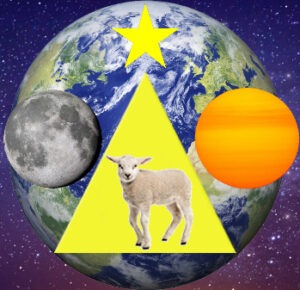
From a Christian standpoint, the anticipated event is considered the Second Coming of Jesus Christ, a pivotal moment believed to herald the fulfillment of God’s plan for humanity. This expectation is not unique to Christianity; it resonates across many religions, each with its own interpretation of the appearance of a future spiritual savior or avatar.
In Judaism, the concept of the Messiah holds a central place. The Jewish Messiah is envisioned as a leader anointed by God, destined to restore Israel, bring peace to the world, and establish God’s kingdom on Earth. This figure symbolizes hope and redemption for the Jewish people, who have long awaited the Messiah’s arrival.
In Islam, the figure of the Imam Mahdi is significant. According to Islamic tradition, the Mahdi is a messianic figure who will emerge in the end times to restore righteousness and justice. Muslims believe that the Mahdi will lead the faithful to victory against the forces of evil and will rule in accordance with Islamic principles before the Day of Judgment.
Buddhism speaks of the coming of Maitreya Buddha, the future Buddha who will appear in the world to teach the pure Dharma. Maitreya is expected to be a compassionate teacher who will guide humanity toward enlightenment and spiritual liberation, bringing an era of peace and wisdom.
Hinduism anticipates the arrival of Kalki Avatar, the tenth and final incarnation of the god Vishnu. Kalki is prophesied to appear at the end of the current Kali Yuga, an age characterized by moral decline and chaos. It is believed that Kalki will ride a white horse, wielding a sword to vanquish darkness and usher in a new era of dharma (righteousness).
These diverse beliefs in a coming spiritual figure reflect a common human longing for guidance, salvation, and a harmonious world. They highlight the shared hope for a future where divine wisdom and justice prevail, transcending cultural and religious boundaries.
